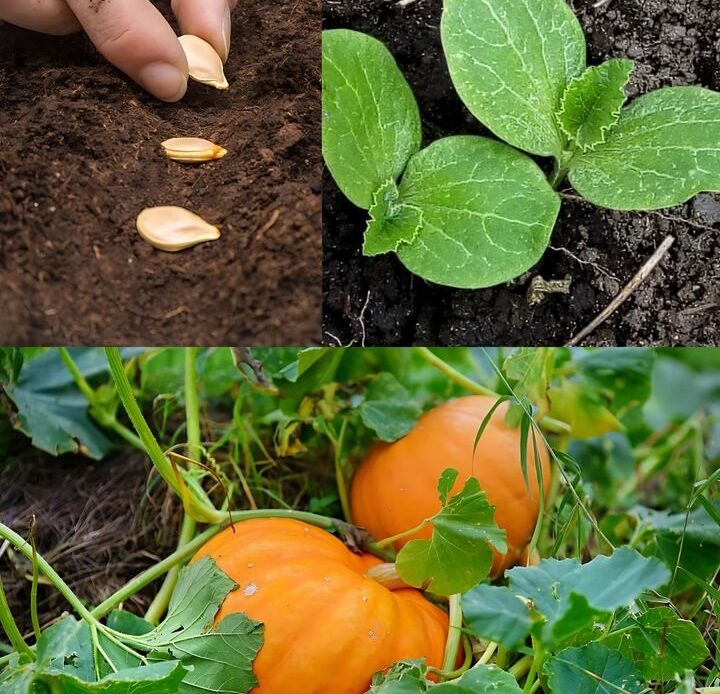Pumpkins are a beloved fall staple, perfect for carving, baking, and decorating. Whether you dream of growing massive pumpkins for Halloween or sweet, small varieties for pies, cultivating pumpkins in your garden can be an incredibly rewarding experience. With the right approach, you can produce healthy, vibrant pumpkins that thrive throughout the growing season.
This guide will walk you through everything you need to know about growing pumpkins successfully, from selecting the best varieties to harvesting and storing them for long-term use.
## Why Grow Your Own Pumpkins?
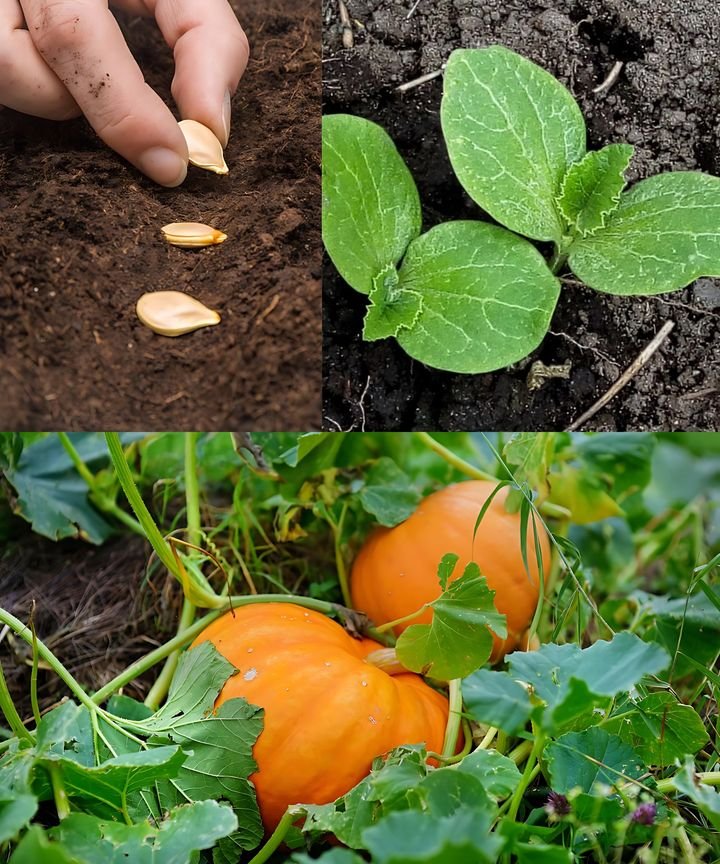
Growing pumpkins at home offers several benefits beyond just having a seasonal decoration:
– **Fresh and Organic** – Homegrown pumpkins are free from pesticides and chemicals found in store-bought produce.
– **Cost-Effective** – Instead of purchasing pumpkins every year, you can grow your own at a fraction of the cost.
– **Fun and Educational** – Growing pumpkins is an exciting activity for families and kids, teaching them about gardening and sustainability.
– **Great for Cooking** – Homegrown pumpkins can be used in a variety of recipes, from soups and pies to roasted pumpkin seeds.
Now, let’s dive into the secrets of growing perfect pumpkins
## 1. Choose the Right Pumpkin Variety
Before you plant your seeds, it’s important to choose the right pumpkin variety based on your climate and purpose.
### Popular Pumpkin Varieties:
– **‘Jack O’ Lantern’** – Ideal for carving Halloween pumpkins.
– **‘Sugar Pie’** – Perfect for baking and making pumpkin puree.
– **‘Atlantic Giant’** – A great choice if you want to grow massive pumpkins for competitions.
– **‘Baby Boo’** – Small, decorative white pumpkins that are great for fall décor.
Select a variety that suits your space, climate, and intended use.
## 2. The Best Time to Plant Pumpkins
Pumpkins need a long, warm growing season to reach full maturity.
– **Plant in late spring to early summer**, once the danger of frost has passed.
– **Check soil temperature** – It should be at least **70°F (21°C)** before sowing seeds.
– **Consider your frost dates** – Pumpkins need **90-120 days** to fully mature, so plan accordingly.
If you live in a cooler climate, you can start seeds indoors 2-4 weeks before transplanting them outside.
## 3. Preparing the Soil for Healthy Growth
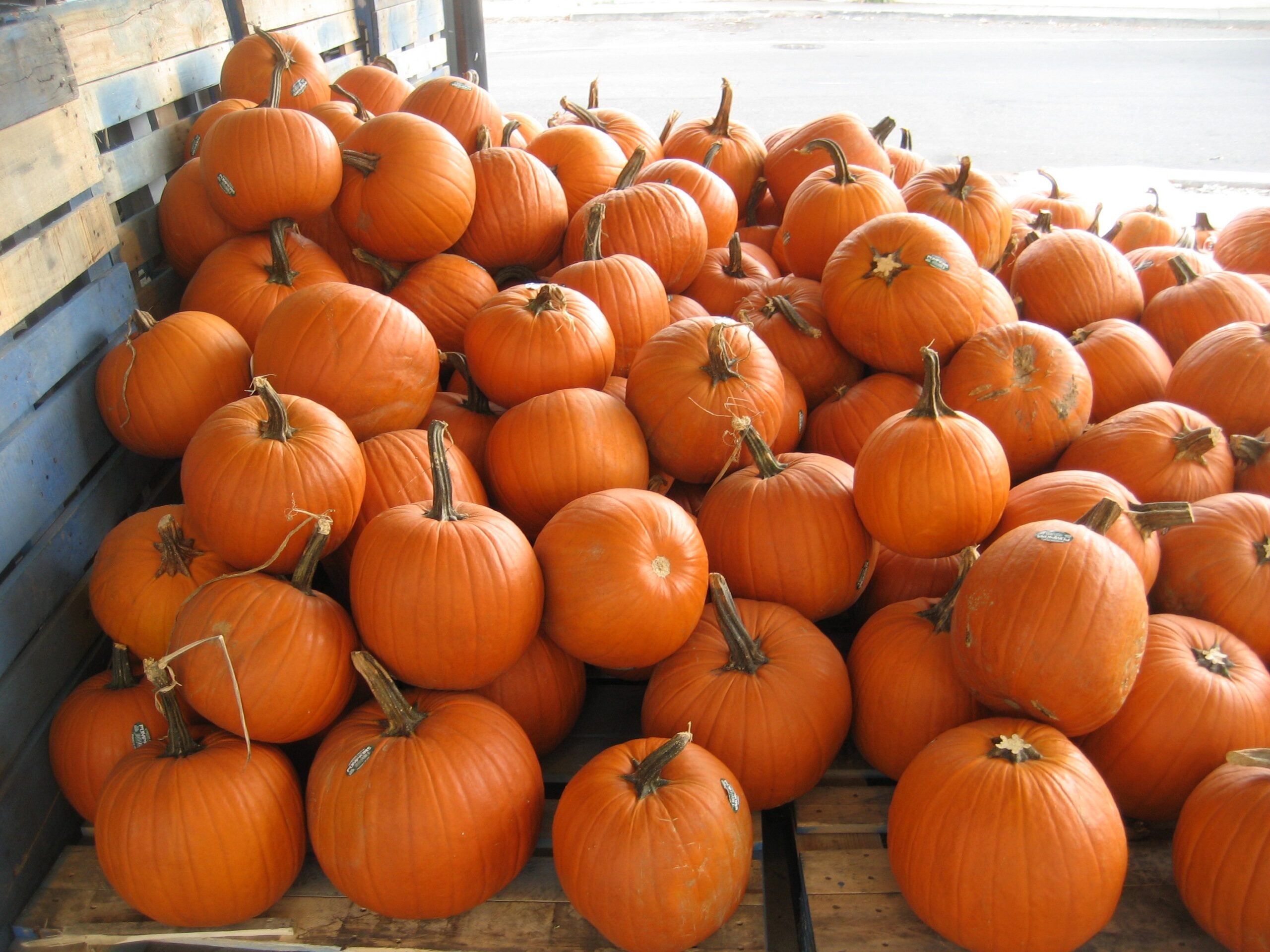
Pumpkins grow best in **fertile, well-draining soil** that retains moisture but doesn’t stay soggy.
### Steps for Soil Preparation:
1. **Test the soil pH** – Pumpkins prefer a pH between **6.0 and 6.8**.
2. **Improve fertility** – Mix in **compost or well-rotted manure** to provide essential nutrients.
3. **Ensure good drainage** – Avoid planting in low-lying areas where water may collect.
4. **Loosen the soil** – Till or dig the soil at least **12 inches deep** to allow strong root growth.
A well-prepared soil bed is key to producing healthy, high-yielding pumpkin plants.
## 4. Planting Pumpkin Seeds
Pumpkins are best grown from seeds planted directly in the garden.
### How to Sow Pumpkin Seeds:
– **Create small mounds (hills)** – This helps with drainage and warms the soil.
– **Space hills 4-6 feet apart** – Pumpkin vines spread widely, so they need room to grow.
– **Plant 2-3 seeds per hill** about **1 inch deep**.
– **Thin seedlings** – Once they sprout, remove the weakest plants, leaving only the strongest seedling per hill.
Water thoroughly after planting and keep the soil consistently moist.
## 5. Watering and Feeding Your Pumpkins
Pumpkins need plenty of water and nutrients throughout the growing season.
### Watering Tips:
– **Keep soil evenly moist** – Pumpkins need about **1-2 inches of water per week**.
– **Water deeply** – Focus on the base of the plant rather than the leaves to prevent fungal diseases.
– **Avoid overhead watering** – Wet leaves can lead to powdery mildew and other issues.
### Fertilizing Schedule:
1. **Early Growth:** Use a **high-nitrogen fertilizer** to promote vine and leaf development.
2. **Flowering Stage:** Switch to a **high-phosphorus fertilizer** to encourage flower and fruit production.
3. **Fruit Development:** Use a **balanced fertilizer** to ensure strong, healthy pumpkins.
Applying **organic compost** throughout the season can also improve soil fertility naturally.
## 6. Pollination – A Crucial Step for Fruit Production
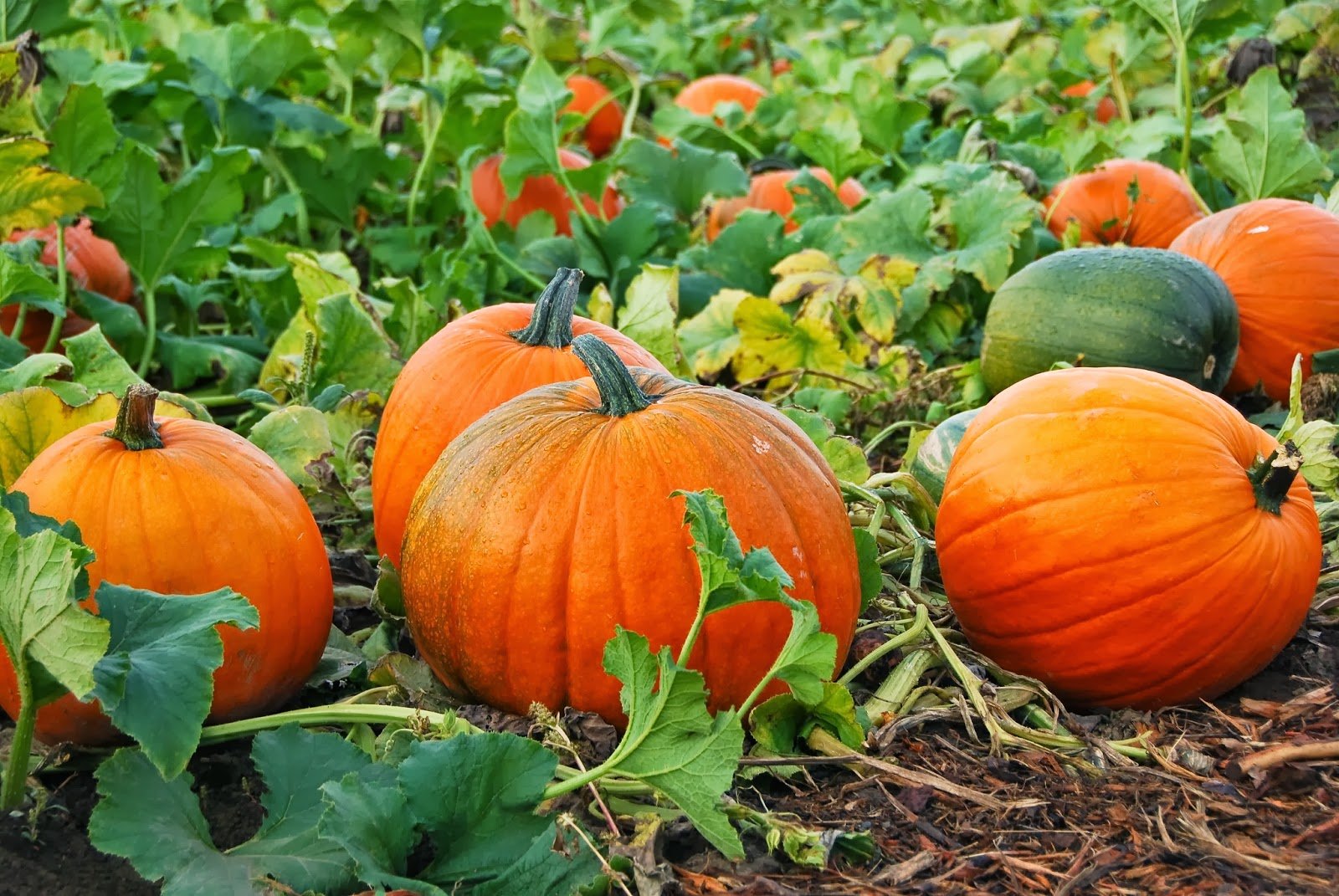
Pumpkins rely on pollination to produce fruit. Bees and other pollinators play a vital role in transferring pollen from male to female flowers.
### How to Encourage Pollination:
– **Plant flowers nearby** to attract pollinators.
– **Avoid using pesticides** that can harm bees.
– **Hand-pollinate if needed** – Use a small brush to transfer pollen from male to female flowers.
Without proper pollination, pumpkins won’t develop, so this step is essential.
## 7. Managing Pumpkin Vines
Pumpkin vines can take over your garden if left unchecked.
### Pruning and Vine Management:
– **Prune excess vines** to direct energy into fewer, larger pumpkins.
– **Train vines** to grow in designated areas to prevent overcrowding.
– **Position fruits carefully** – Lift pumpkins slightly off the soil to prevent rot.
Managing vines properly will lead to healthier plants and bigger pumpkins.
## 8. Pest and Disease Control
Pumpkin plants can be affected by pests and diseases, but preventive measures can keep them healthy.
### Common Pests:
– **Squash bugs** – Remove by hand or use insecticidal soap.
– **Cucumber beetles** – Protect young plants with row covers.
– **Aphids** – Spray with neem oil or a water-and-soap mixture.
### Common Diseases:
– **Powdery mildew** – Ensure good air circulation and avoid watering leaves.
– **Downy mildew** – Use resistant varieties and apply organic fungicides if needed.
Regularly inspecting plants will help catch problems early.
## 9. Harvesting Pumpkins at the Right Time
Knowing when to harvest is key to getting fully matured, long-lasting pumpkins.
### Signs of a Ready-to-Harvest Pumpkin:
– **Deep, even color** – Pumpkins should have their characteristic orange, green, or white hue.
– **Hard skin** – Press a fingernail into the skin—if it resists puncture, it’s ready.
– **Dried-out vine** – The stem should be hard and slightly brown.
### Harvesting Tips:
– Use **sharp shears** or a knife to cut pumpkins from the vine.
– Leave a **few inches of stem** attached to prevent rot.
– Avoid carrying pumpkins by the stem to prevent damage.
## 10. Curing and Storing Your Pumpkins
After harvesting, curing your pumpkins helps them last longer.
### Curing Process:
– Place pumpkins **in a sunny, warm spot** for **7-10 days** to harden the skin.
– Store in a **cool, dry place** (50-55°F) to extend their shelf life.
Properly cured pumpkins can last for **several months**.
## Final Tips for Growing the Perfect Pumpkin
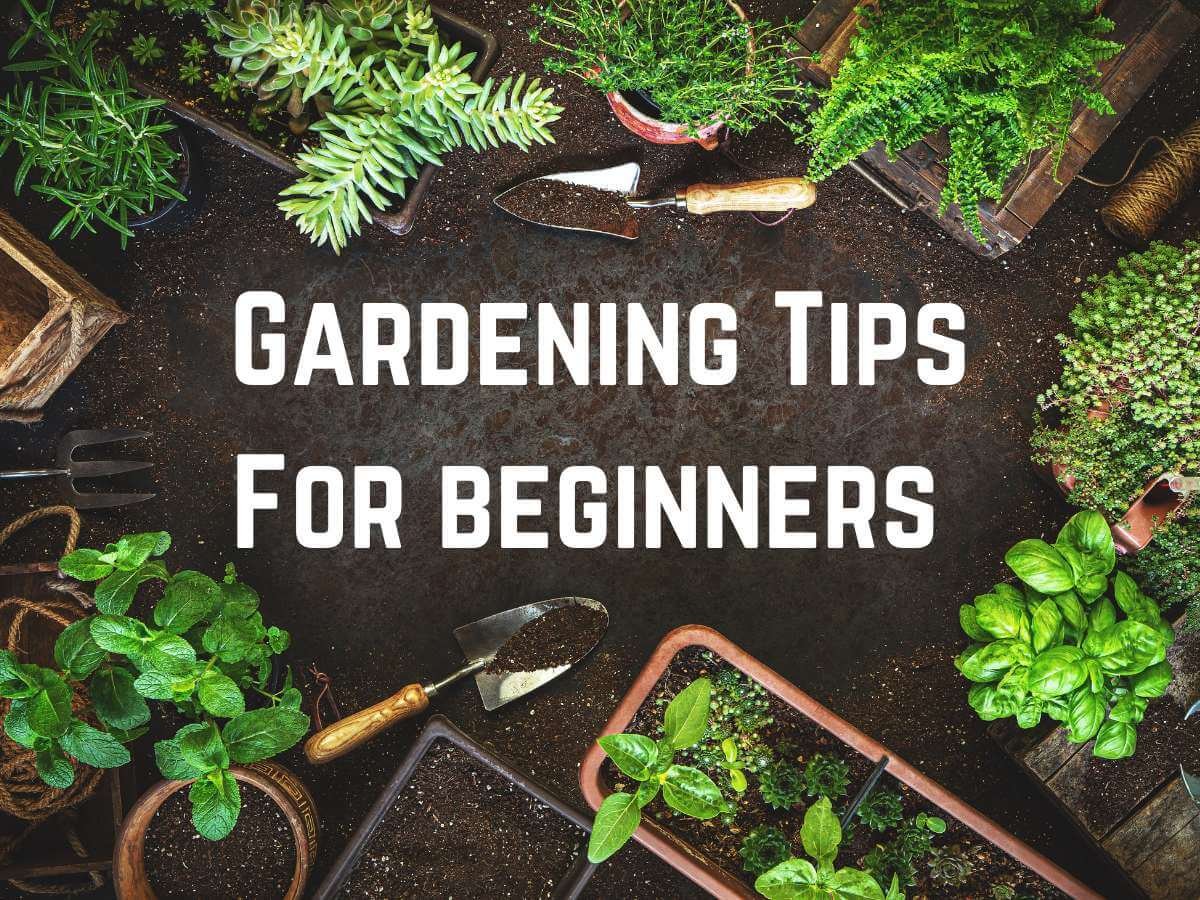
– **Mulch around plants** to retain moisture and suppress weeds.
– **Rotate crops each year** to prevent soil-borne diseases.
– **Check plants regularly** to catch problems early and ensure healthy growth.
By following these expert tips, you’ll be on your way to growing **big, beautiful pumpkins** that will impress everyone
So, why not give it a try this season? Start planting and enjoy the magic of growing your own pumpkins 🎃🌱
